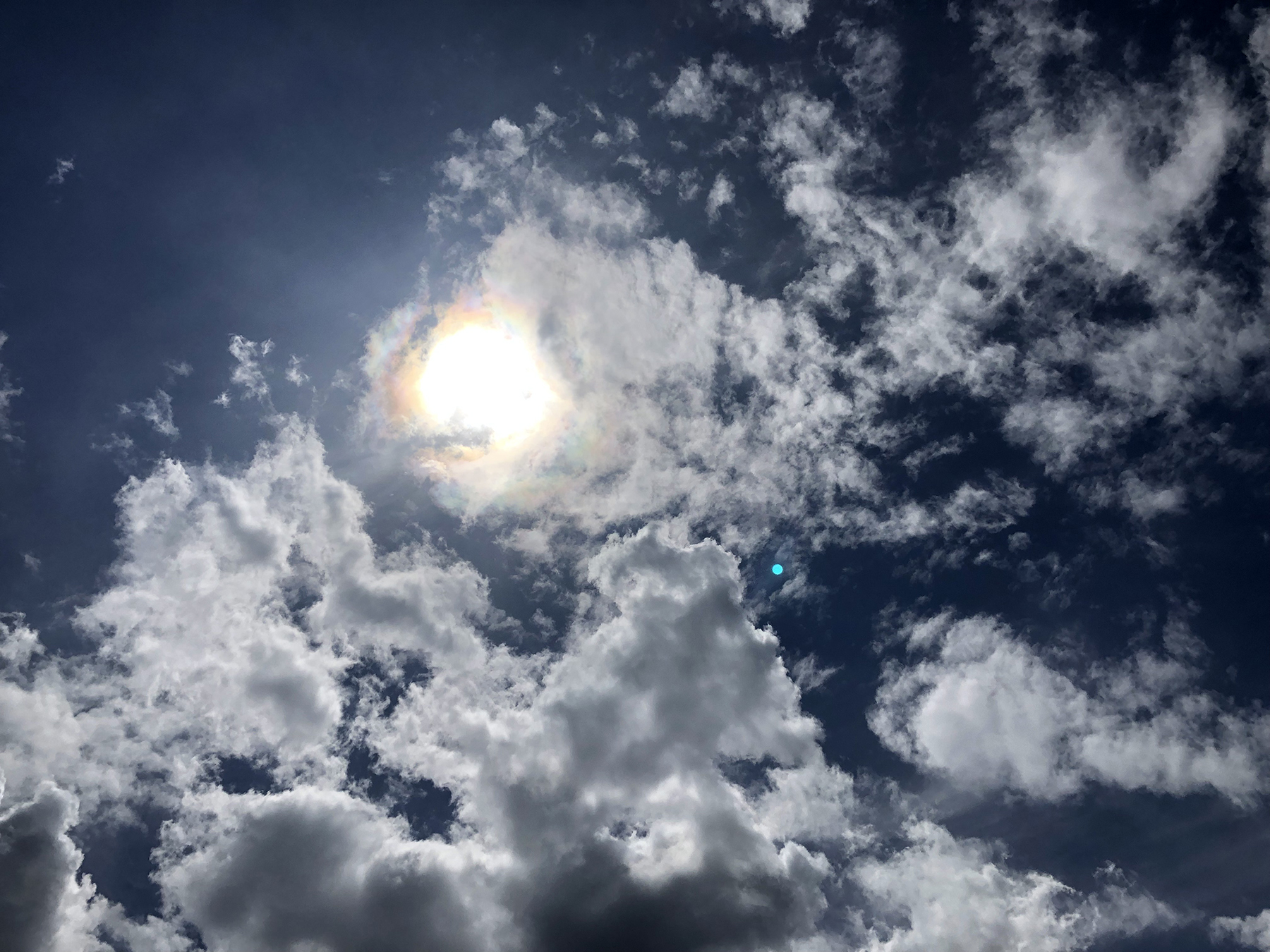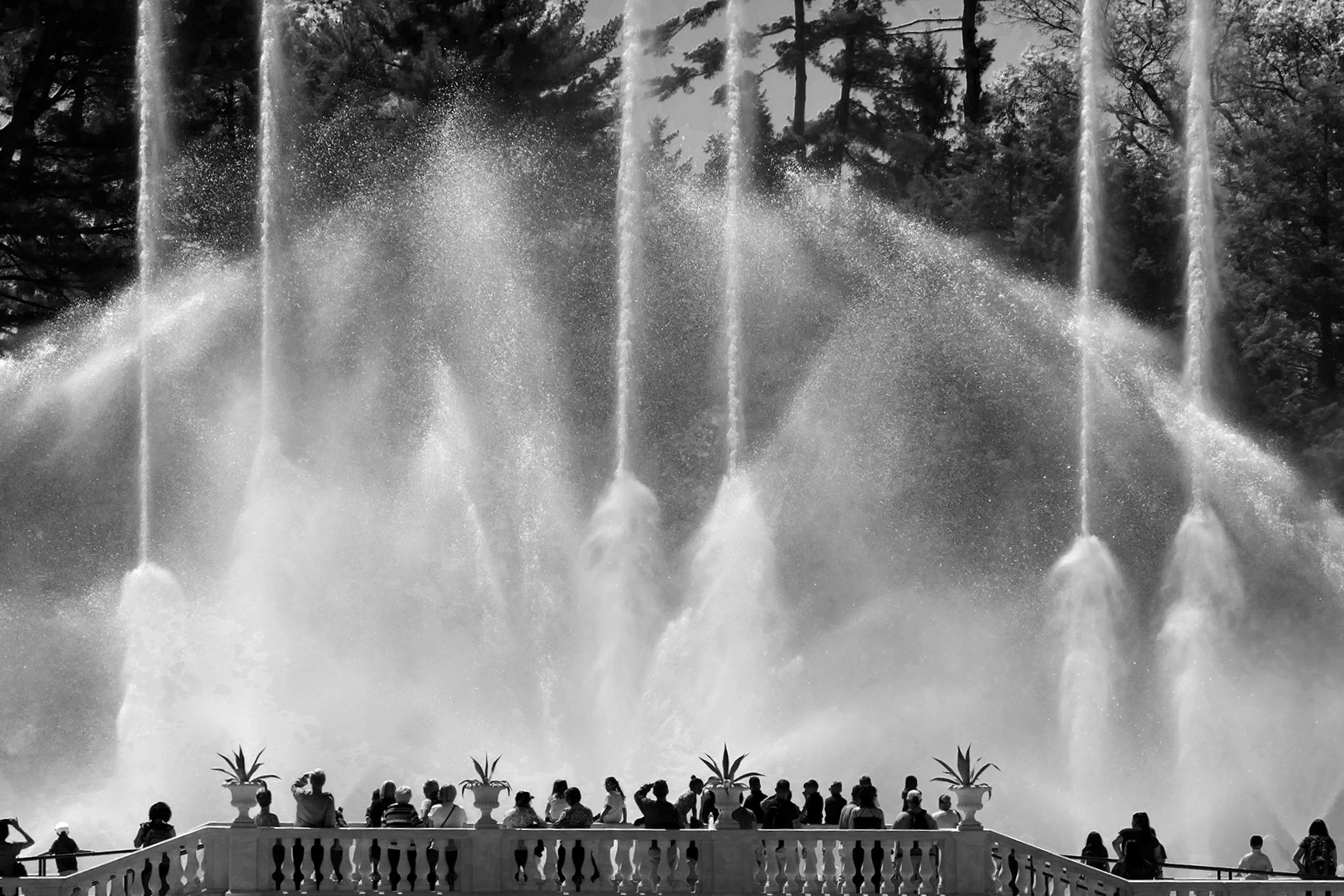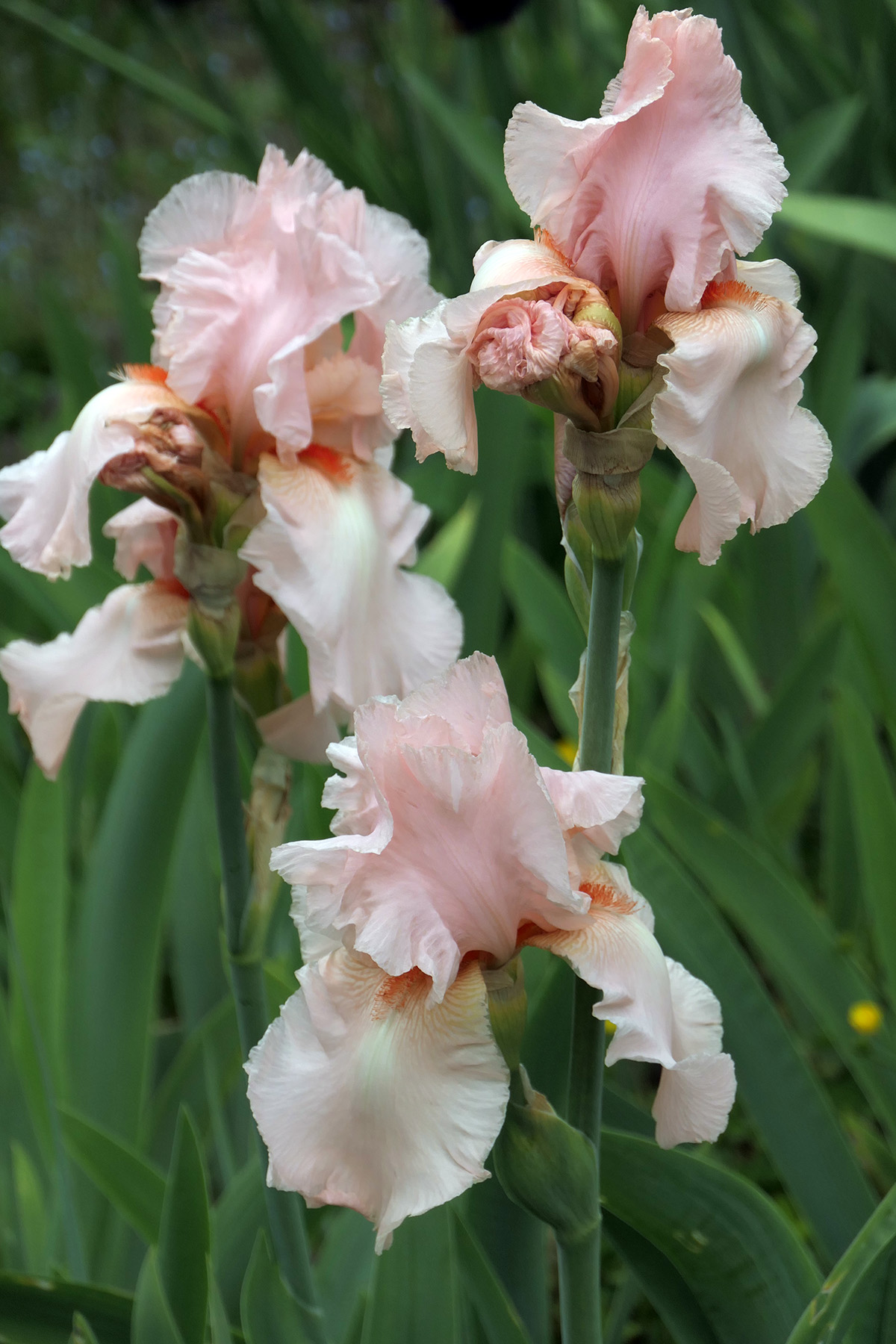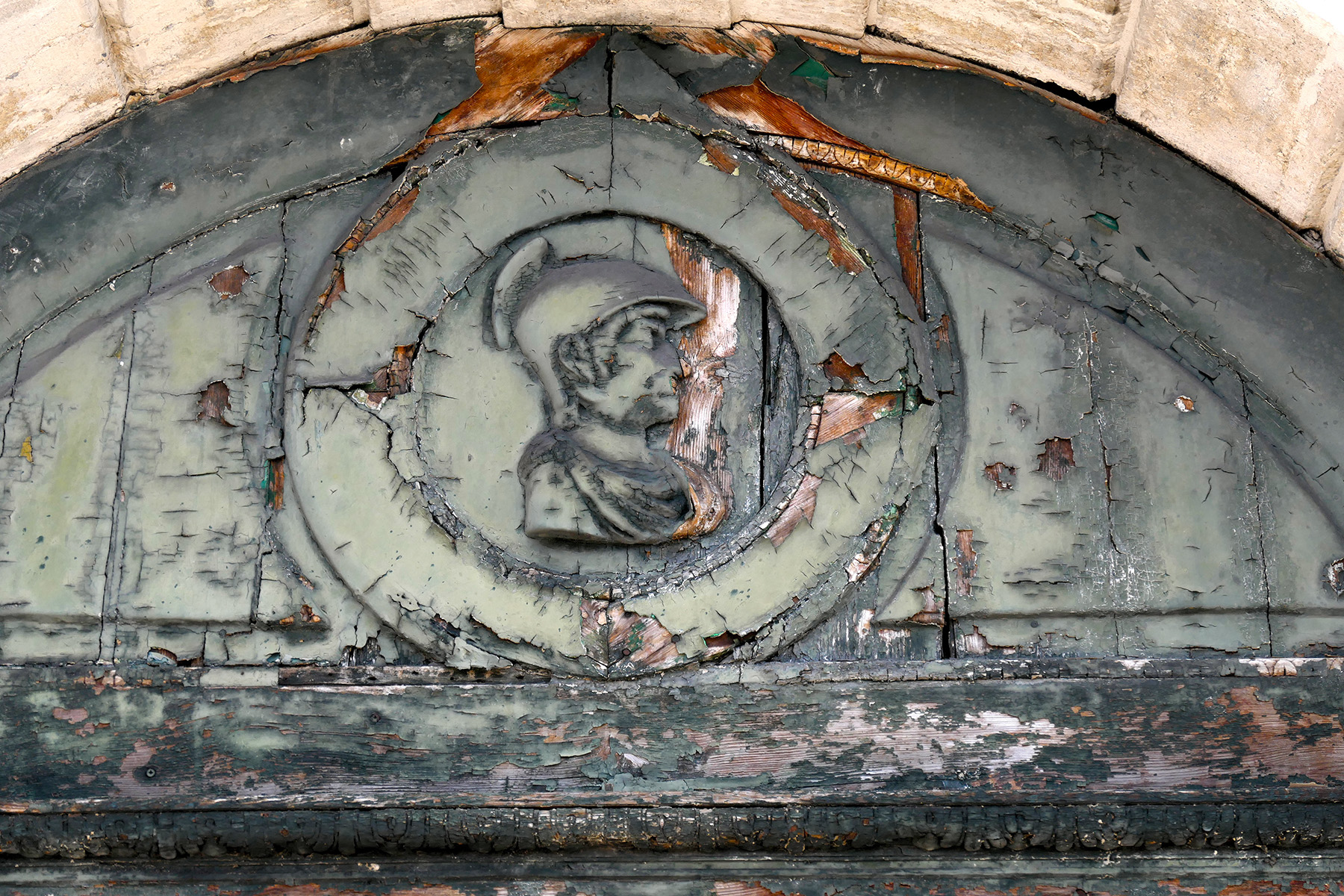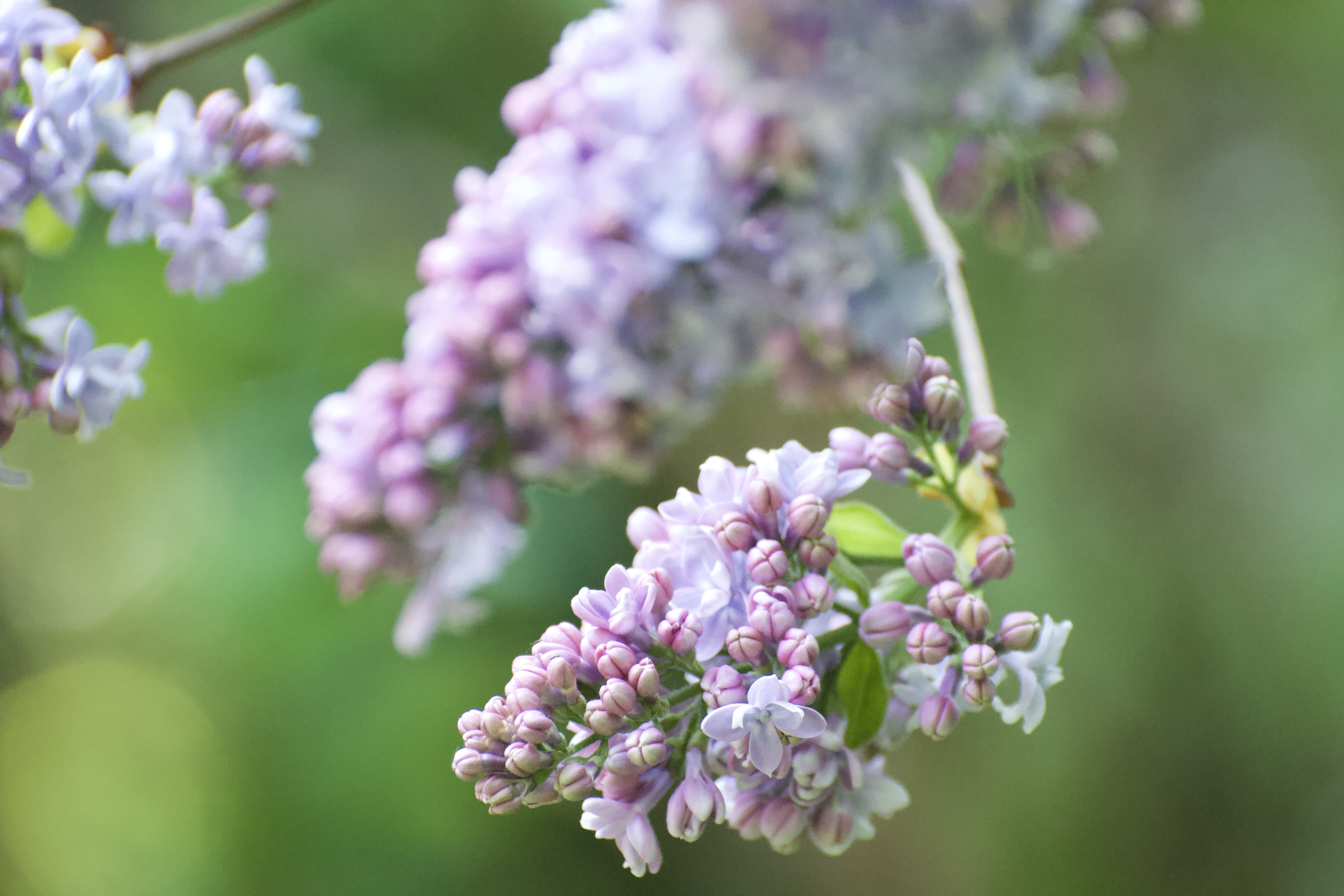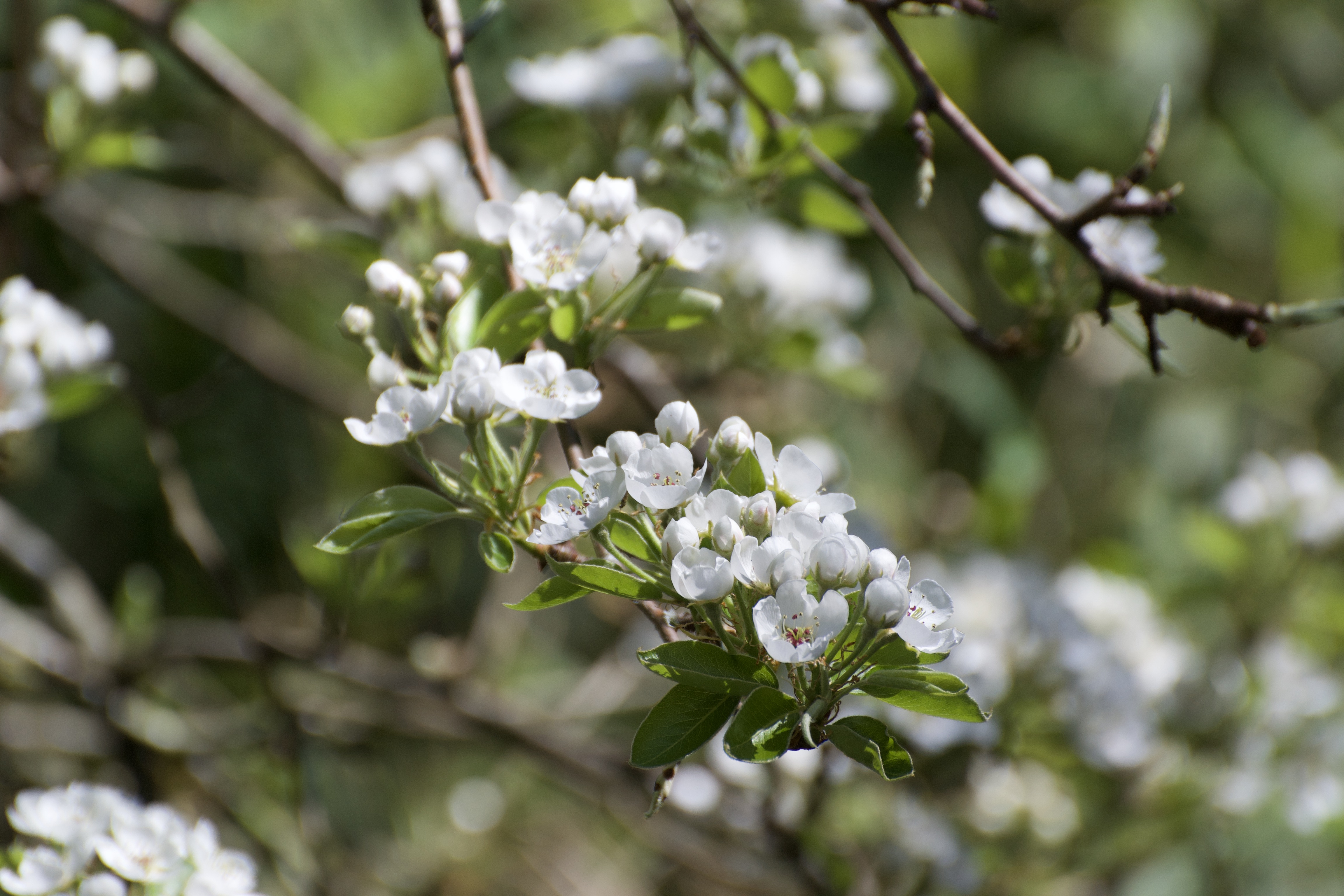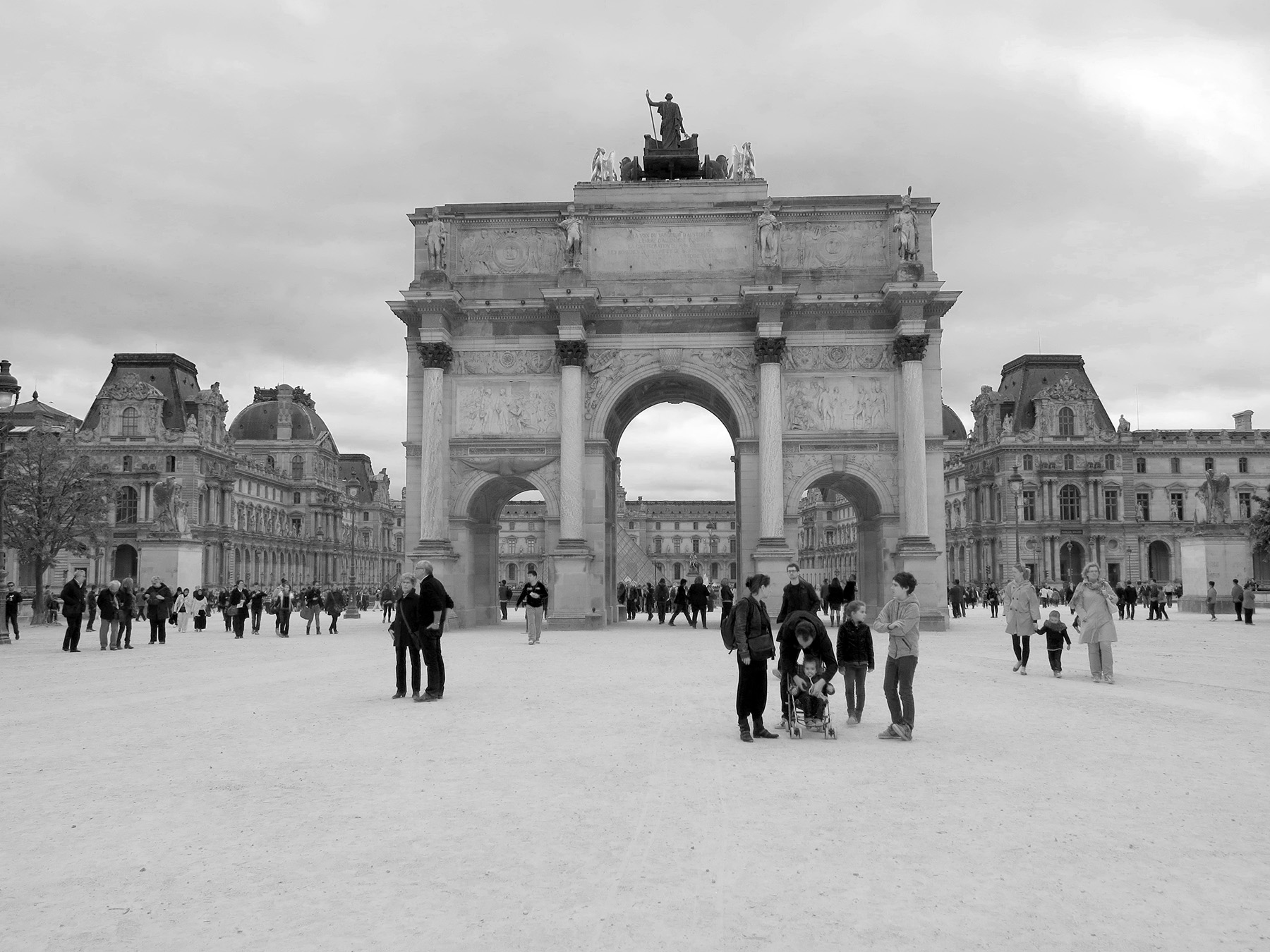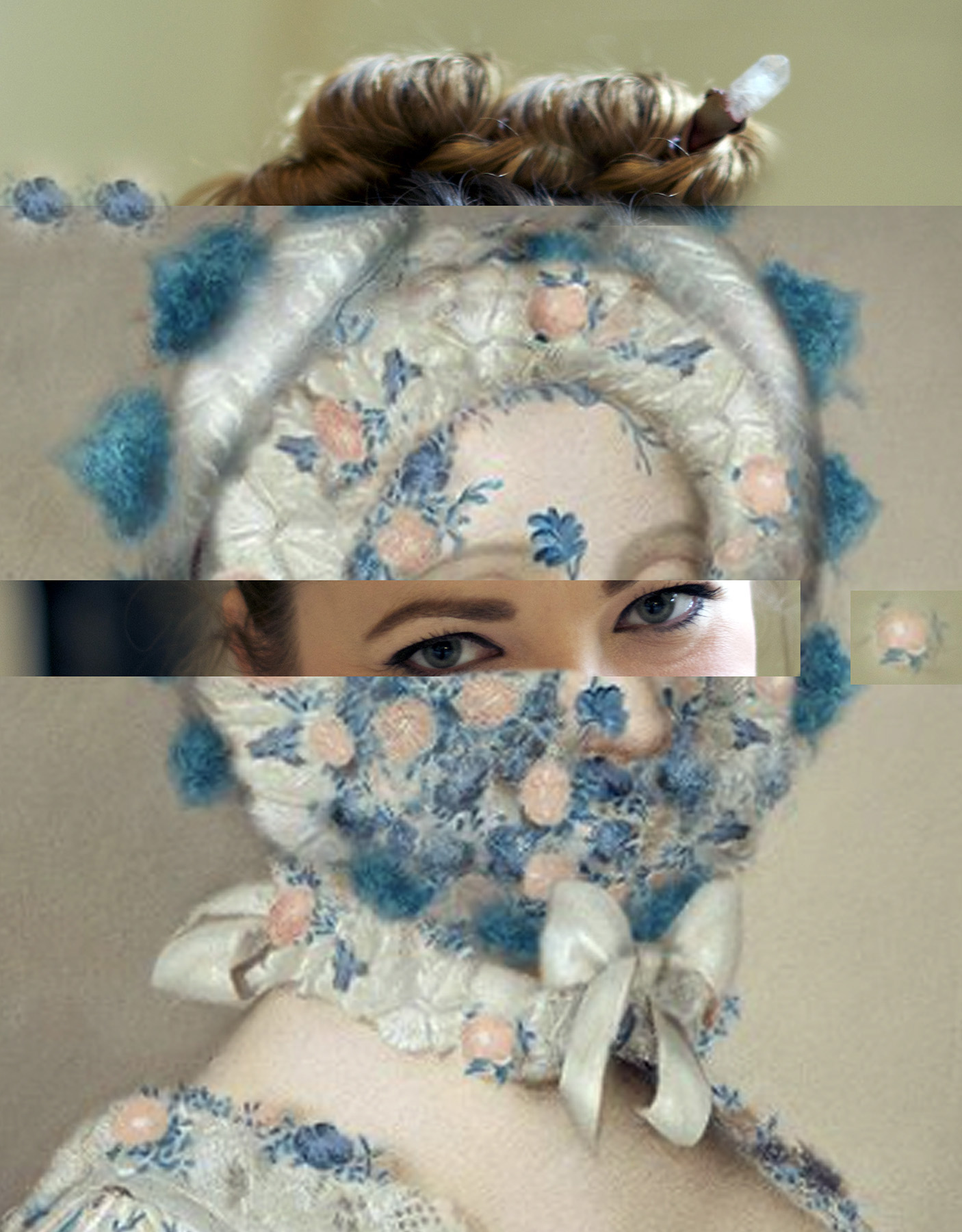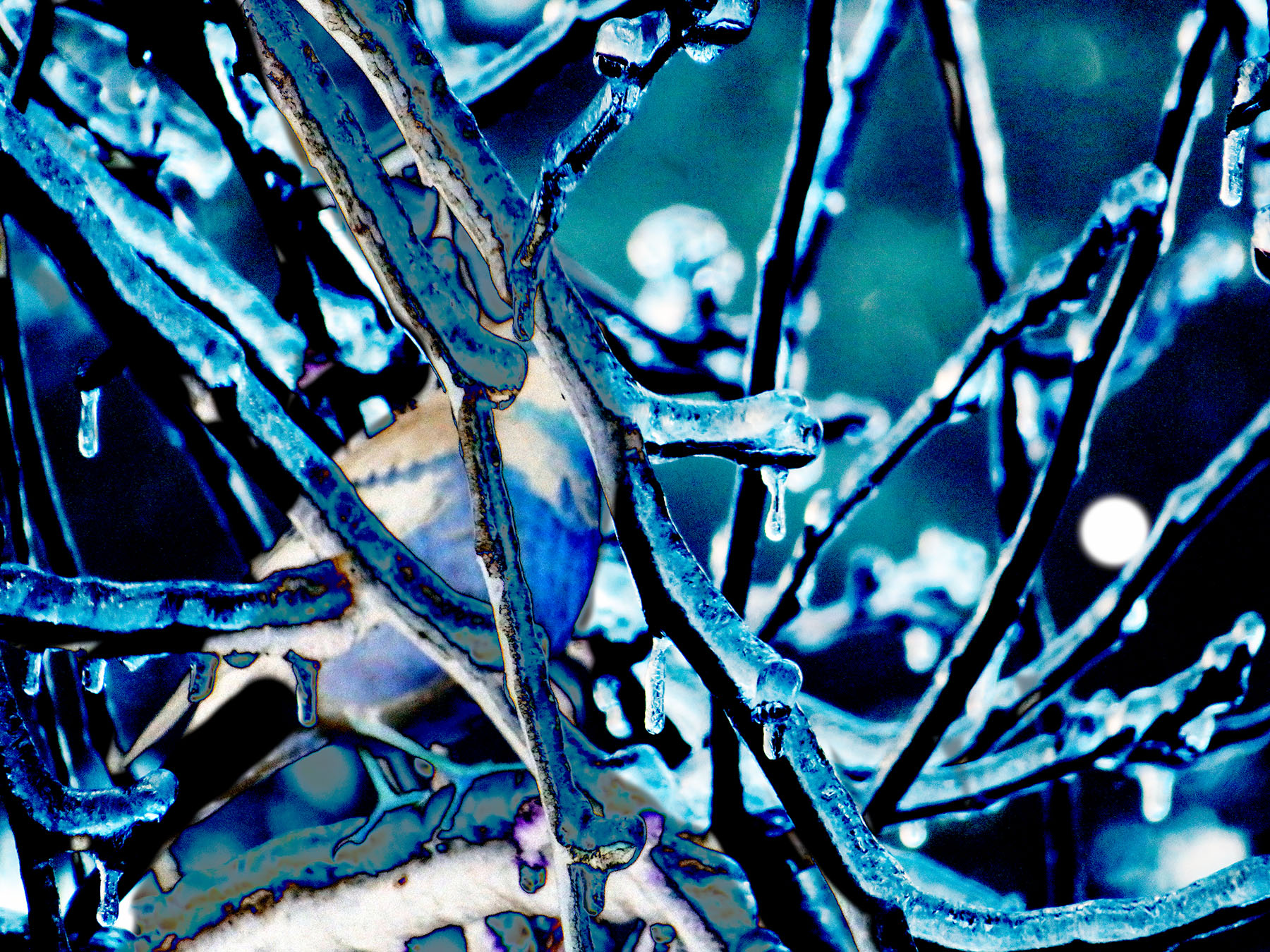Let’s end this week with a smile and a frown given my eternal attempts at balanced reporting.
(Photographs, since the topics range from small/close to huge/far, are of things in-between – the clouds I photographed this week.)

Smiles first. A flourishing of miniature scale art offerings is delivered to your neighborhood, or theoretically could be, by Free Little Art Galleries . FLAGs are found in numerous cities across the nation since 2017, many added during the pandemic. Modeled after the free little libraries where used books are offered at cute boxes on our streets, these FLAGs offer tiny pieces of art to be exchanged for your one creations or simply taken home. Or admired. Or smiled at.

These galleries can be spotted in Atlanta,GA, Oakland, Calif., Phoenix,AZ, Hyattsville, Md., and in Eugene,OR, to name a few. One of the most prominent ones was started by artist Stacey Milrany and is located in Seattle, WA. The box contains tiny props like gallery furniture and patrons in addition to constantly changing art, of a quality that regularly goes beyond laypeople’s creative urgings.



That said, I think one of the biggest achievements of these share sites is the invitation it gives to all of us, artists, lay people and children alike, to BE creative. They beckon you in, mostly without quality expectation or control, the small size making access easier than having to paint or draw large works. What encouragement if you see your art has been picked up by someone, a regular occurrence with free offerings.


Of course, not all of them are free. Here in Portland we have a mini gallery at Morrison Street that features small scale works by local artists for sale, exchanged monthly. June was planned for needlework cacti.

And not all of them are found on the street. Miniature art works by notable artists will be exhibited later this month in more traditional surrounds as well. Pallant House Art Gallery in England is curating a major show featuring 80 artists. No trade-in for your own works, I’m afraid….
“Staged in a less than five-foot-long display case, Masterpieces in Miniature: The 2021 Model Art Gallery, will make its debut on 26 June at the English gallery. It will feature new works by high-profile artists like Damien Hirst, Magdalene Odundo, Fiona Rae, Pablo Bronstein and Rachel Whiteread, created over the past year using a variety of mediums, including sculpture, ceramics, photography and painting. Filling an entire room of the model will be a miniature installation by John Akomfrah.”(Ref.)


So why go big if you can go small? Or, and this is the part where the frowning starts, why go cosmic, when the cost attached to that could provide solutions for so many sources of suffering here on earth? I am, of course, talking about the news that Jeff Bezos and his invited brother are going into space for 11 minutes later this summer. He built his space flight company Blue Origin over the last 20 years, and will be on its inaugural flight. You can personally bid (in excess of $ 3.000.000) if you want to join them in July. You’d be among 6000 other bidders of whom we know so far, hailing from 143 countries.

Generally, people can visit the NASA space station (which has cost us tax payers in excess of $ 100 billion,)if you can spare $10 million for each private astronaut mission — for crew time to support flights to the space station, mission planning and communications. It also charges other, smaller fees, including $2,000 a day per person for food. Must get hungry, up there in space. That’s down from $55 million that early space visitors laid down.
So much wealth. So much waste.

I join in Gil Scott Heron’s assessment expressed below:
Bezos &Co. are of course more likely to pump this Whitaker piece through the rocket loudspeakers…
But they are unlikely to take the kind of luggage that their wealthy predecessors had schlepped by the help. A new book delves into the Louis Vuitton archives to describe a history of early travel by the 1 %… little has changed about privilege, I guess, other than the speed and distance covered. Because you can.


